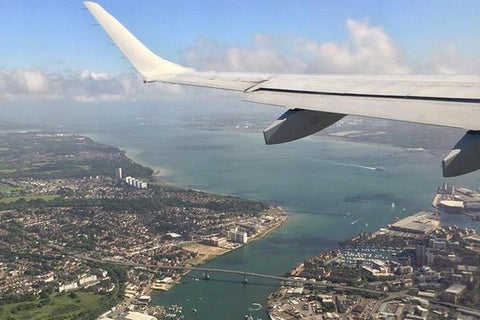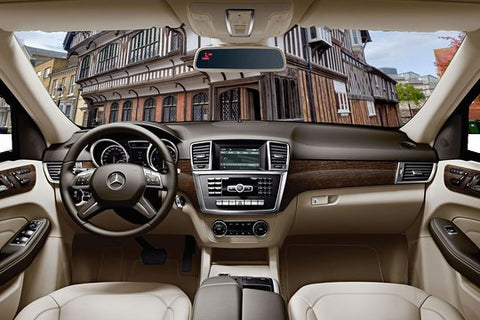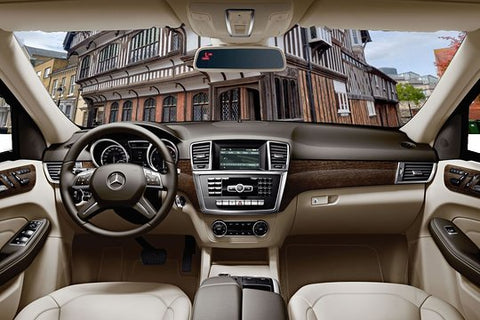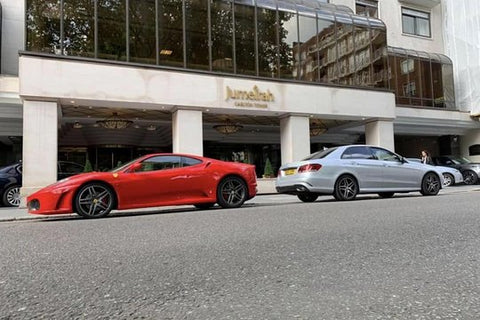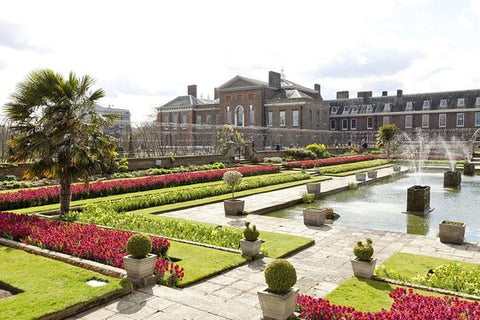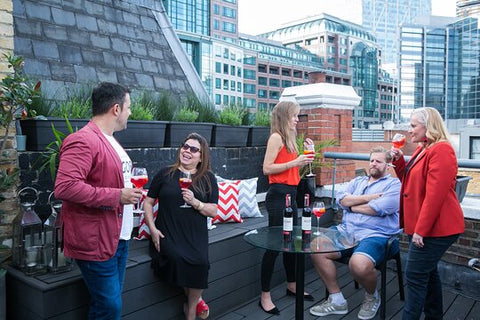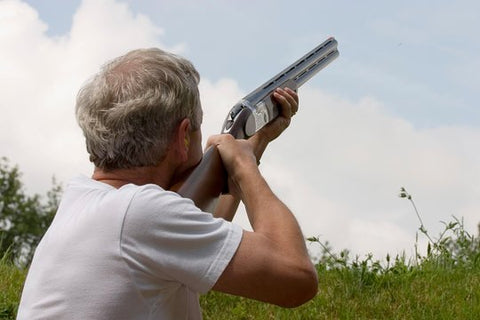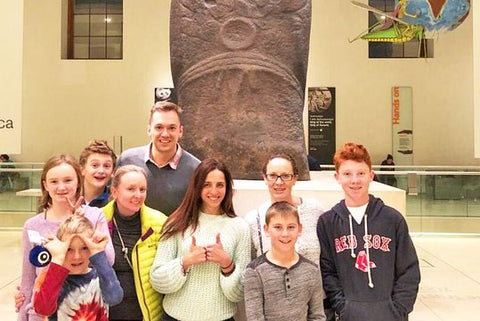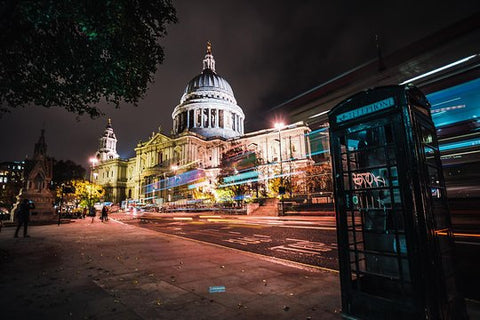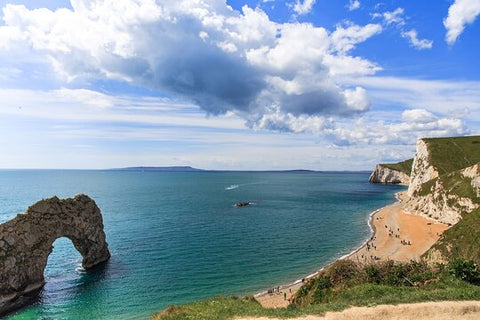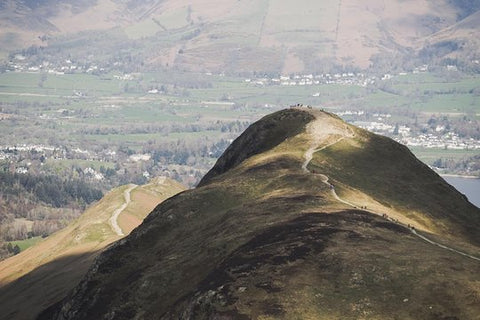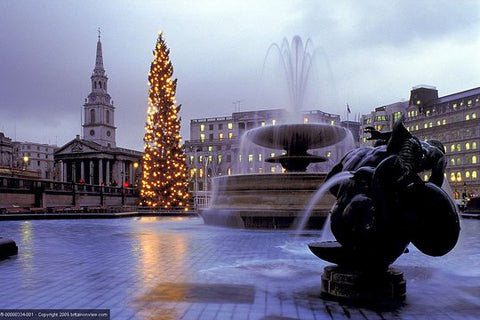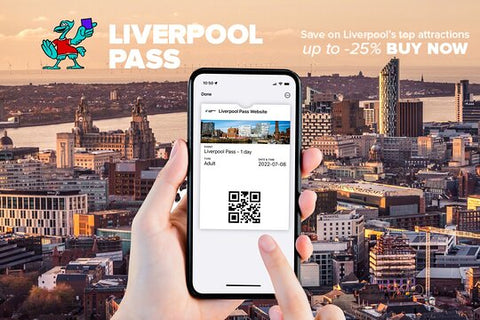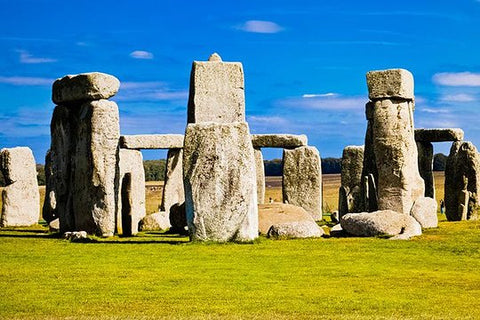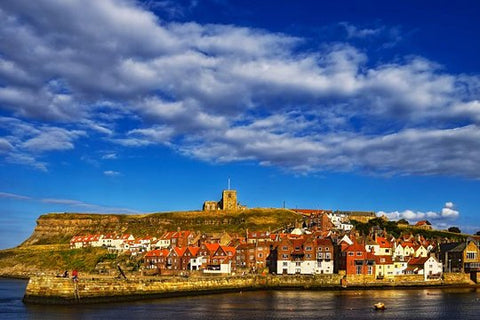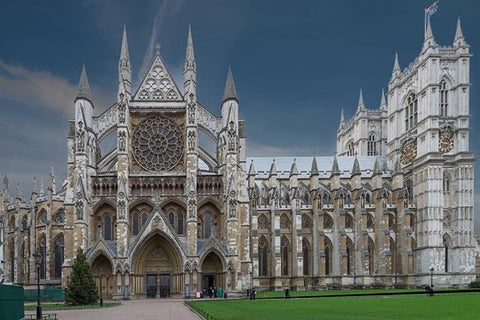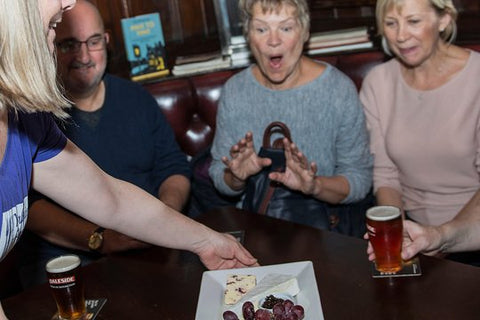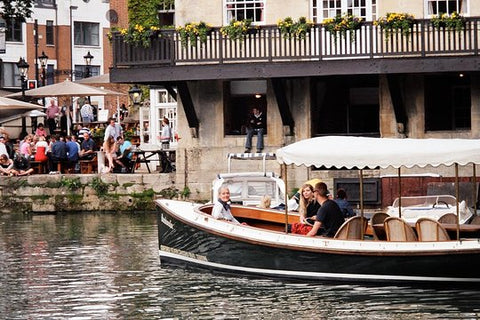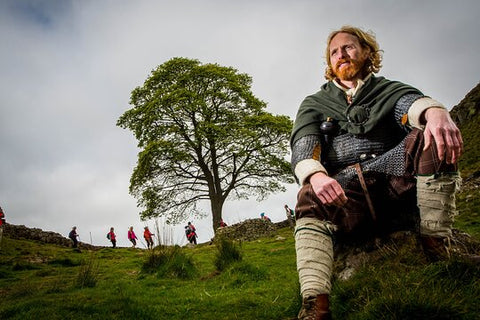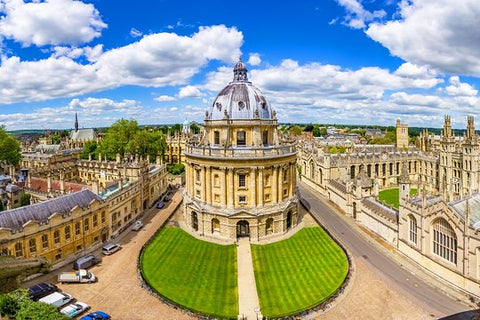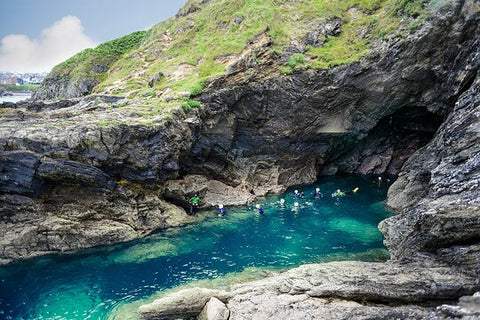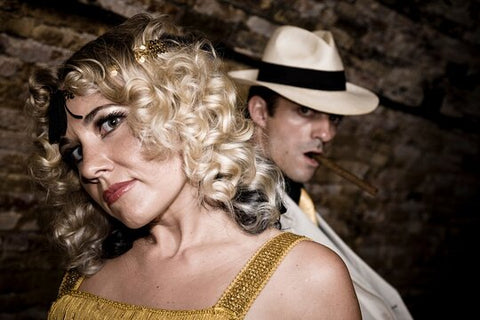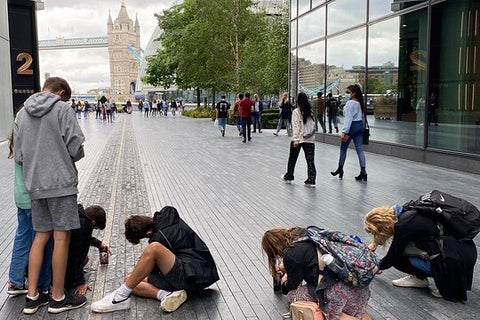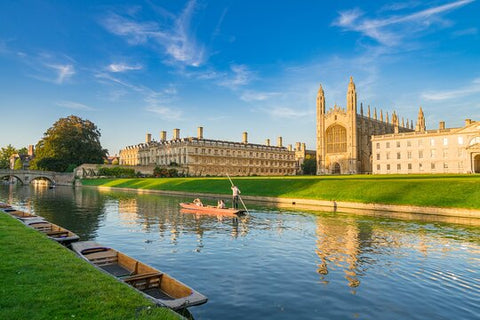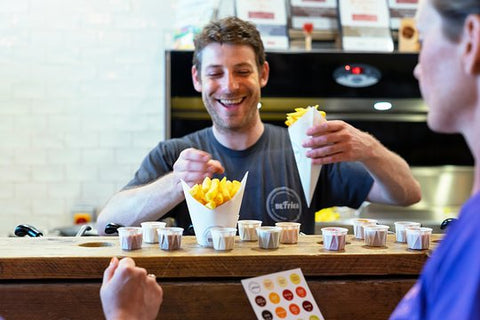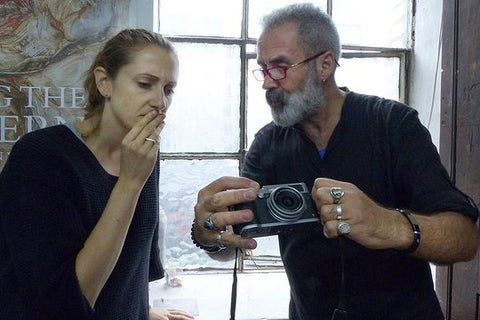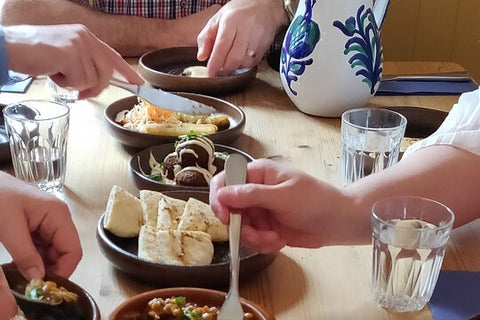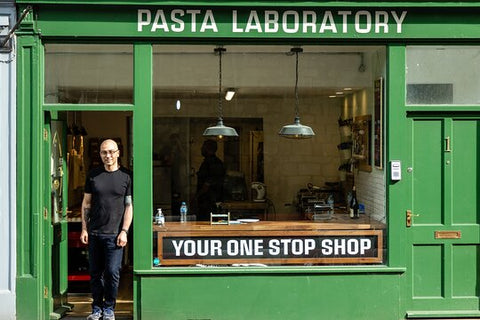Afternoon Tea Cruise on River Thames Private Tours and Travel Guide Europe London CITY London Destination Tour
Travel Guide Tour. Vacation Tour.
Ready to get the best slice of London? This 1.5-hour cruise plus 2,5 hours sightseeing tour is a unique experience that combines a scenic sightseeing cruise on the Thames with an iconic British tradition of afternoon tea, complete with freshly made sandwiches, cakes and scones with jam and clotted cream and witty live commentary. What could be a more relaxing and civilized way to pass the afternoon. For the over 18’s, maybe a glass of something bubbly would make the tour extra special. When you've finished off your tea, you can always stroll upstairs to take in the 360-degree views of London's riverside landmarks while gliding on the River Thames. It couldn’t be better relaxing after a little light shopping or just the journey up to town, or for entertaining family and friends. As the tour ends, maybe you would like to extend your experience with a night tour such as a West End musical. Please let us know and we will arrange it for you.Guided Tour Images and Trip Photos at Pixarik.com!
Travel Guides, Vacation Rentals Photos, Custom Holiday Tours.
Afternoon Tea Cruise on River Thames Private Tours and Travel Guide Europe London CITY London Destination TourGuided Tour Images and Trip Photos, Vacation Guide, All Tours !
Vacation Rentals, Hotels, Flights, Attractions Photos, Custom Travel Tours arround the glove. Short Term Rentals and Things To Do on Vacation
Tour Itinerary presented by Tourope UK
Located right in the middle of London's iconic landmarks such as Houses of Parliament, Elizabeth Tower (a.k.a Big Ben), Whitehall, Saint-Margaret's Church, Westminster Abbey and Westminster Bridge. Parliament Square houses eleven state figures and world leaders, including Sir Winston Churchill, Gandhi and Nelson Mandela. Parliament Square in London is a popular destination among tourists. The atmosphere is magnificent and it's one of the must-visit locations in the city.
Westminster Abbey is a Church, burial ground, coronation site and much more, Westminster Abbey continues to attract visitors over 900 years after its founding. In many respects the architecture is common. There's the traditional cross-shaped floor plan with a nave, north and south transepts and several round side areas. But both its execution and use raise The Collegiate Church of St Peter, Westminster (the official name) to among the highest examples of church construction. Here at Westminster Abbey lie buried kings and poets, scientists and philosophers who have themselves raised humankind to the highest levels. Isaac Newton and James Clerk Maxwell (discoverer of electromagnetic theory, which later lead to radio and TV), Chaucer and Kipling, Dr. Samuel Johnson (creator of the first English dictionary) and many other justly famous names are interred here.
The Houses of Parliament, known also as the Palace of Westminster is where the two Houses of Parliament of the United Kingdom (the House of Lords and the House of Commons) conduct their sittings. The Houses of Parliament (Palace of Westminster) lie on the north bank of the River Thames in the London borough of the City of Westminster, close by other government buildings in Whitehall. The oldest part of the Houses of Parliament (Palace of Westminster) is still in existence, Westminster Hall, which dates from 1097. The palace originally served as a royal residence, but no monarch has lived in it since the 16th century. Most of the present Houses of Parliament (Palace of Westminster) structure dates from the 19th century when the Palace was rebuilt after it was almost entirely destroyed by a fire in 1834. The architect responsible for rebuilding the Palace was Sir Charles Barry and Augustus Welby Pugin, and the building is an example of the Gothic revival.
Tower Bridge is probably city's most distinctive symbol for today. Bridge shows a lot to its medieval predecessor London Bridge with its starlings and elaborate twin towers that give the bridge its name but it's not just a homage to the past, hidden inside that medieval looking exterior there's a rather wonderful piece of Victorian engineering and in its day it was the biggest and most sophisticated lifting bridge in the world. Unlike London Bridge, the genius of the design is that the bridge can act as a gateway swinging open to allow tall ships to pass through. Plenty of things we will tell you about this masterpiece in London, just follow us!
Few prisons can claim to be as popular as the Tower of London, an attraction - unpleasant for some - for over 900 years. Its twenty towers are filled with an ancient tradition of royal blood, armor and jewels and the history to match. The Tower of London central structure began as a fort - used by the original builder William the Conqueror who completed the first tower around 1100 AD. At its completion it was the tallest building in London. Henry III had it whitewashed in the 13th century and the name, White Tower, has stuck. Later it evolved into a prison, used by Henry VII (and many others). Still later - and continuing to this day - it has acted as a repository for the extensive collection of crown jewels. Henry VII, nearly always short of money, had few jewels to store. But the stone complex, near the Tower Bridge alongside the River Thames, has also been used at various times to house the Royal Mint, the Public Records, the Royal Menagerie (later to form the starting point of the London Zoo) and an observatory (built in 1675). Listen to the rest of the story of the Tower of London from us today.




